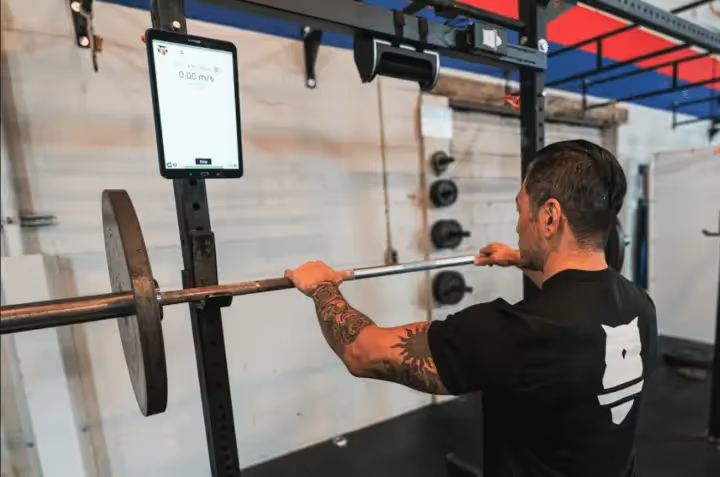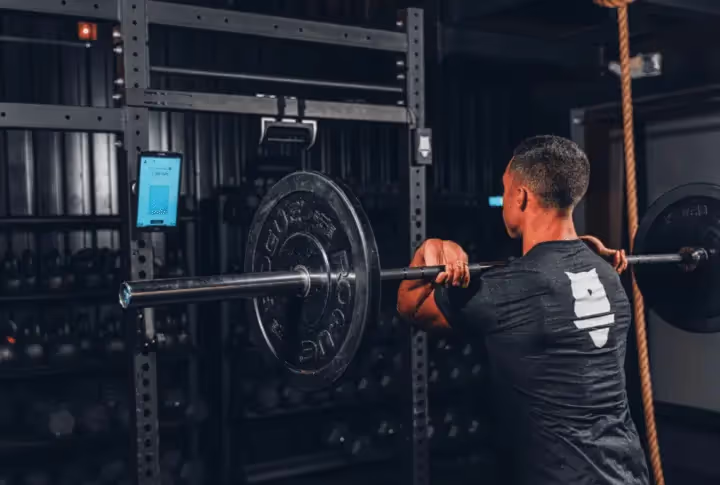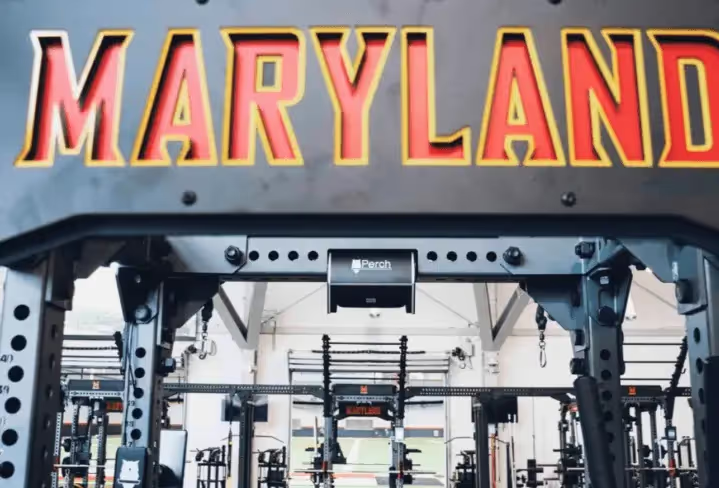Power and Velocity

Most Velocity Based Training devices have the ability to output power as an additional metric alongside velocity. If you refer back to our VBT Dictionary Post you’ll see the difference between force, power and velocity. While these are all very different concepts, they can all uniquely help describe various aspects of athleticism. Depending on the time of year, needs analysis of the sport, and the athlete in question, measuring and tracking power instead of velocity or vice versa is an important consideration.
In this post, we wanted to discuss power and velocity, and what instances a coach may want to consider tracking one over the other. Luckily, with Perch, power and velocity are recorded for every single rep of every single set and stored in the cloud for post-workout analysis, so you don’t necessarily need to choose. The live output is the only time you will only see one metric, and for that tracking power vs velocity is a consideration.
SOME GROUNDWORK
If you refer back to one of our earliest blog posts about the VBT crash course VBT crash course. you will see the force/velocity curve, we have also included this below

In this picture, you can see that the typical percentage zone of Peak Power lies within 30-80% of an individual’s 1RM [1]. We know this 1RM fluctuates and in order to accurately stay within that percentage, objective feedback is necessary [2]. It is also fairly easy to see that the peak power range covers three unique VBT zones or traits, Speed-Strength (30-60% 1RM) and Strength-Speed (30-60% 1RM) and Accelerative Strength (60-80% 1RM). We also know that power is described on a bell curve, as seen below:

When we talk about improving power, we are talking about the ability to improve the amount of work performed over a shorter period of time. Or as it pertains to VBT, the force produced at specific velocity. If your primary focus is to improve power, and you are less concerned with monitoring fatigue or the autoregulatory component of VBT, making power your primary feedback would be ideal.
WHEN TO TRACK VELOCITY
We have talked extensively about when and why to track velocity. As a quick refresher, monitoring velocity to adhere to specific traits associated with velocity zones, to monitor fatigue, to assess readiness, and to promote and teach intent are all great uses of velocity outputs. Additionally, velocity is excellent to use at maximum and minimum values in order to closely monitor speeds, it is also very helpful to use in season to continually adapt to athletes’ individual needs on the fly.
But what if you don’t necessarily need to track all of these things in live time? What if you want to simplify and teach your athletes to compete, to work hard, and prove it?
WHEN TO TRACK POWER
Power is a great primary metric to track when you just want maximal output from your athletes. When you’re focusing on training within the “Peak-Power” zone (or from speed-strength to strength-speed) of 30-80% 1RM and aren’t primarily concerned with fatigue status etc. An athletes’ off-season or preseason may be the optimal time to be chiefly focused on Power outputs over velocities. This is the time when they aren’t performing on the field, they have more time to be focused on the weight room and have a less variable schedule as it relates to a competition schedule and travel time. If you are focused on them producing power, proving it to themselves and their teammates with live outputs and on the leaderboard, and less with regulating loads, prioritizing power outputs for a training cycle periodically is a great idea.
CONCLUSION
This post was meant to serve as a guideline with some additional insight as to when a coach could use power instead of velocity, and how power and velocity monitoring can be utilized. There is no right or wrong answer, as it will depend on your preferences, your athletes, and your program. Power outputs can complete a picture and help describe an athlete’s ability with greater clarity. Regardless, when using Perch you will only have to decide what is immediately output, as every metric will be recorded and stored for your analysis and convenience.

FOLLOW US
Keep checking back for more velocity based training content, tips, tricks, and tools. And don’t forget to follow us on Twitter , Instagram and Linkedin and like us on Facebook .
Read more about Perch here! And check out Product Videos here. And our support website here.
Back to basics? Review the origins of VBT and Strength Training!
SOURCES:
- Bompa, T., & Buzzichelli, C. (2015). Periodization training for sports (Third ed.). Champaign: Human Kinetics.
- Jovanovic M, and Flanagan EP. (2014). Researched applications of velocity based strength training. J. Aust. Strength Cond. 22(2)58-69.
- Cronin, J.B., McNair, P.J., & Marshall, R.N. (2003). Force-velocity analysis of strength training techniques and load: Implications for training strategy and research, Journal of Strength and Conditioning Research, 17(1), pp.148-155.
- Cronin, J, McNair, PJ, and Marshall, RN. (2001). Developing explosive power: A comparison of technique and training. J Sci Med Sport 4: 59–70.
- Maffiuletti, N. A., Aagaard, P., Blazevich, A. J., Folland, J., Tillin, N., & Duchateau, J. (2016). Rate of force development: physiological and methodological considerations. European Journal of Applied Physiology.
- Mann, B., Kazadi, K., Pirrung, E., & Jensen, J. (2016). Developing explosive athletes: Use of velocity based training in athletes. Muskegon Heights, MI: Ultimate Athlete Concepts.
- Randell, AD, Cronin, JB, Keogh, JWL,Gill, ND, and Pedersen, MC. Effect of instantaneous performance feedback during 6 weeks of velocity-based resistance training on sport-specific performance tests. J Strength Cond Res 25(1): 87–93, 2011.

Start Gathering Data With Perch Today!
Reach out to us to speak with a representative and get started using Perch in your facility.

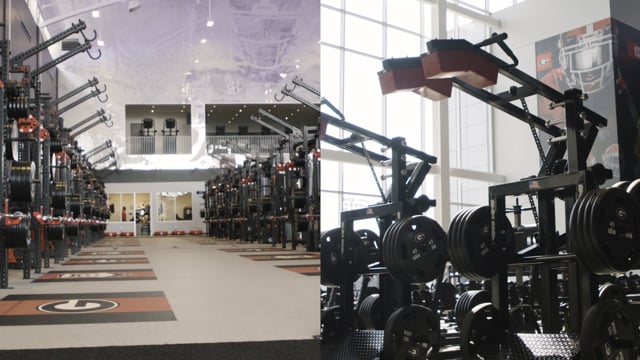
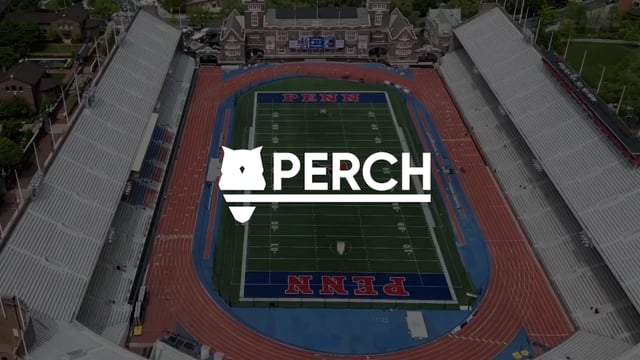


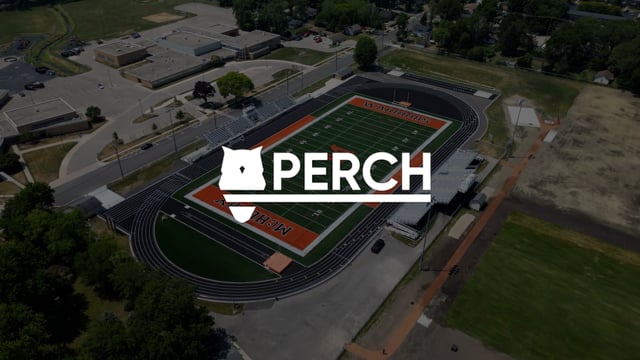
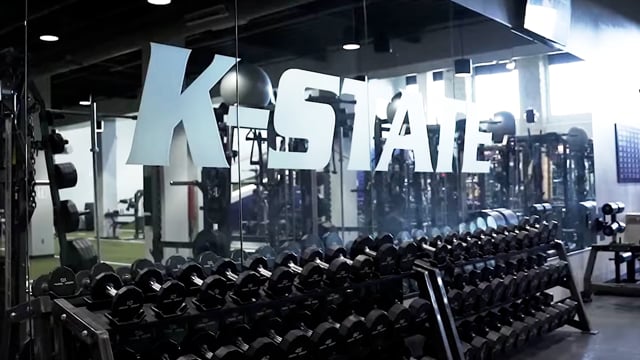


































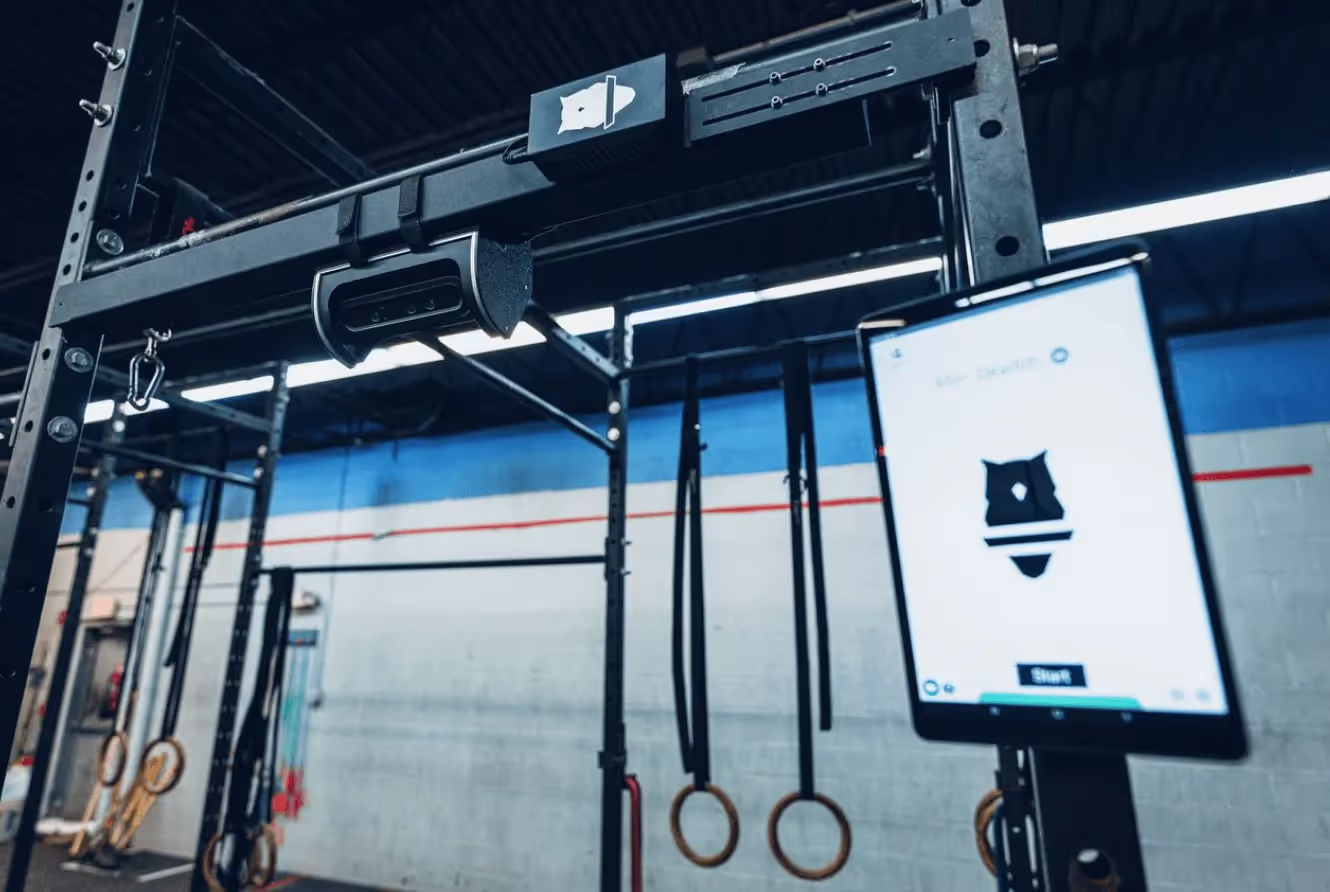
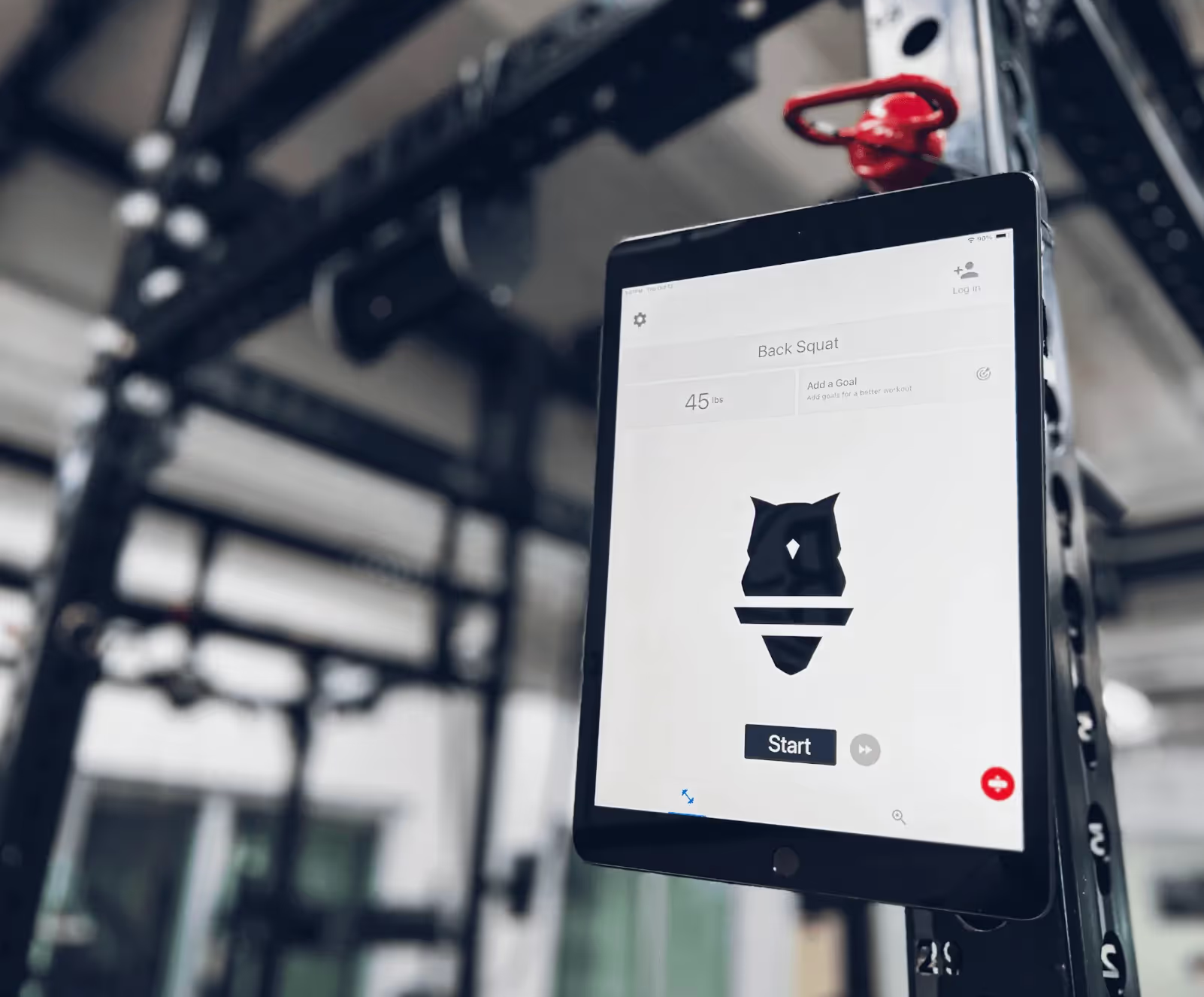



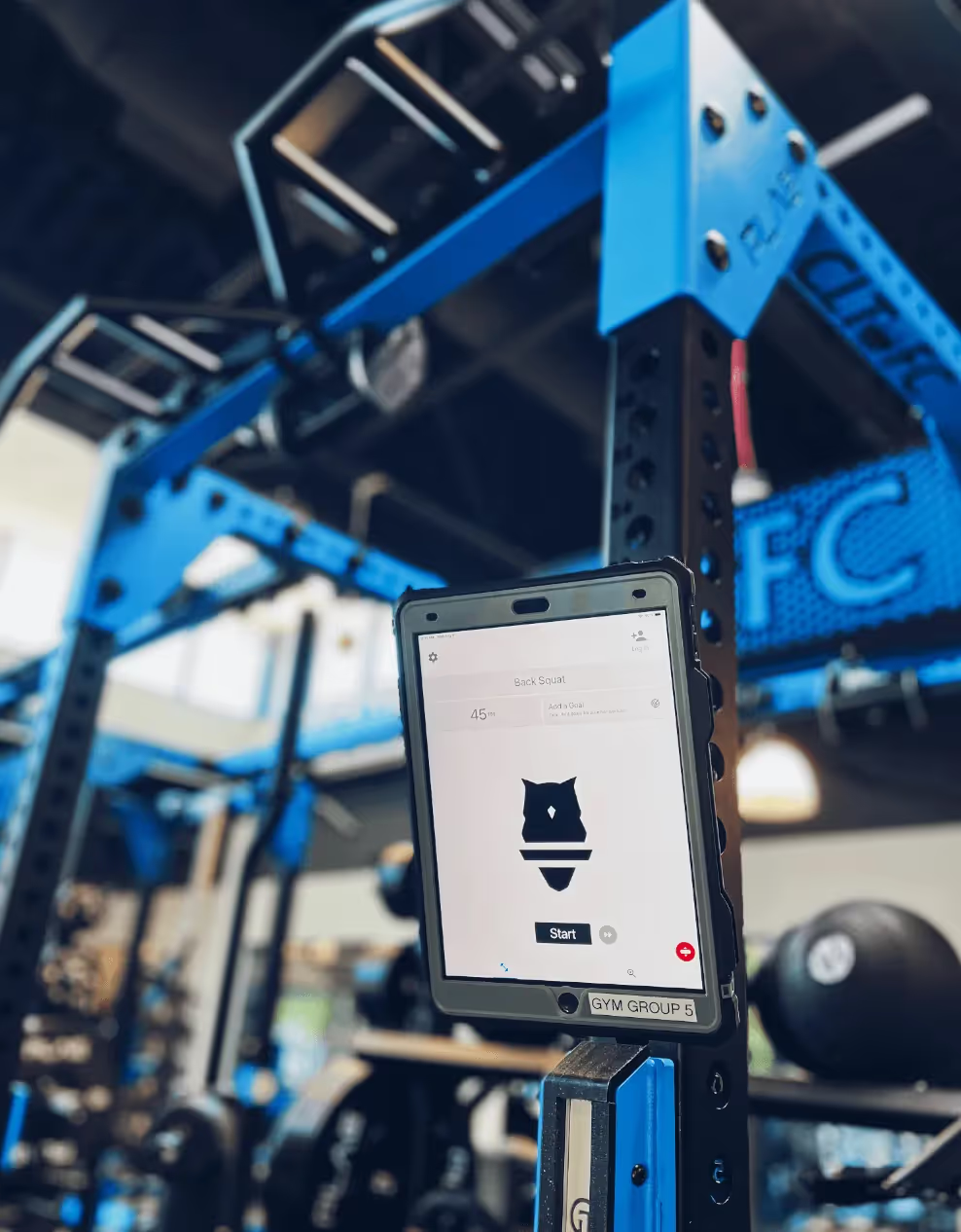
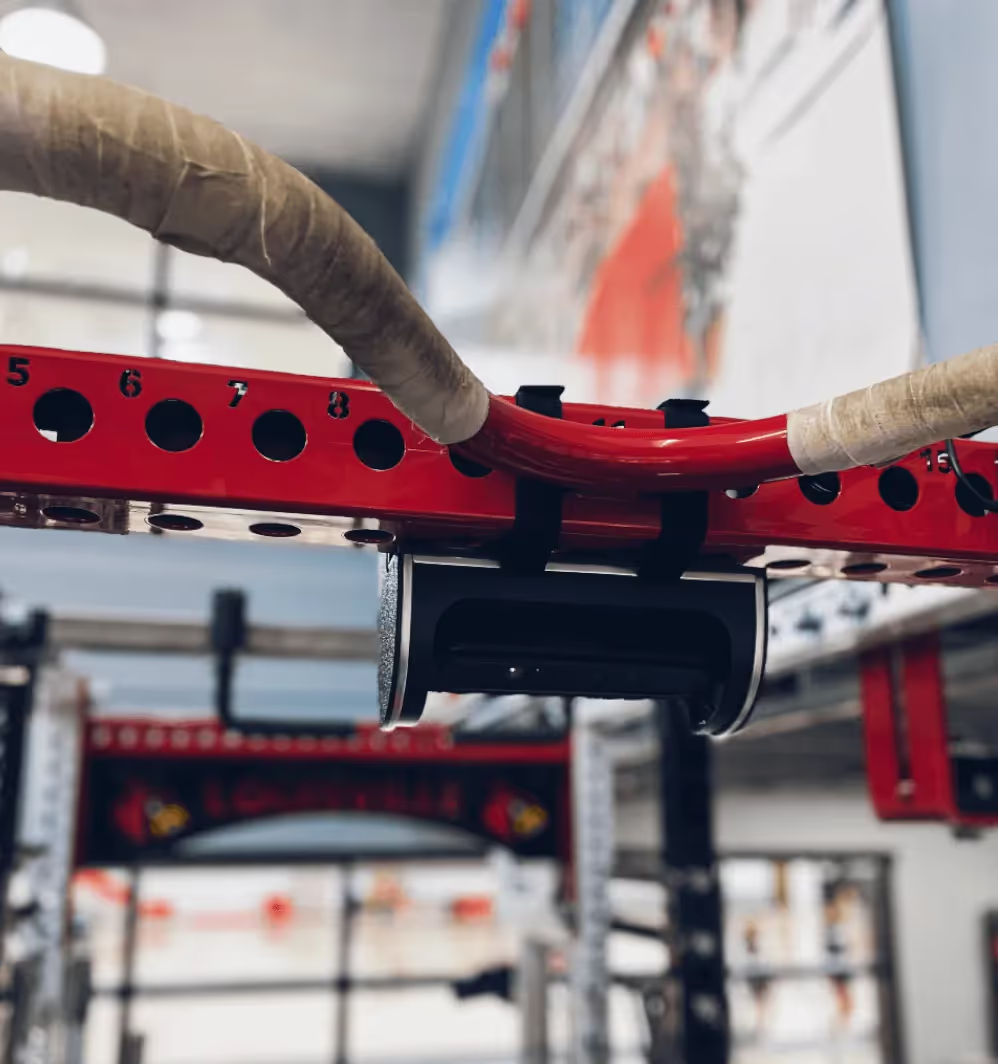












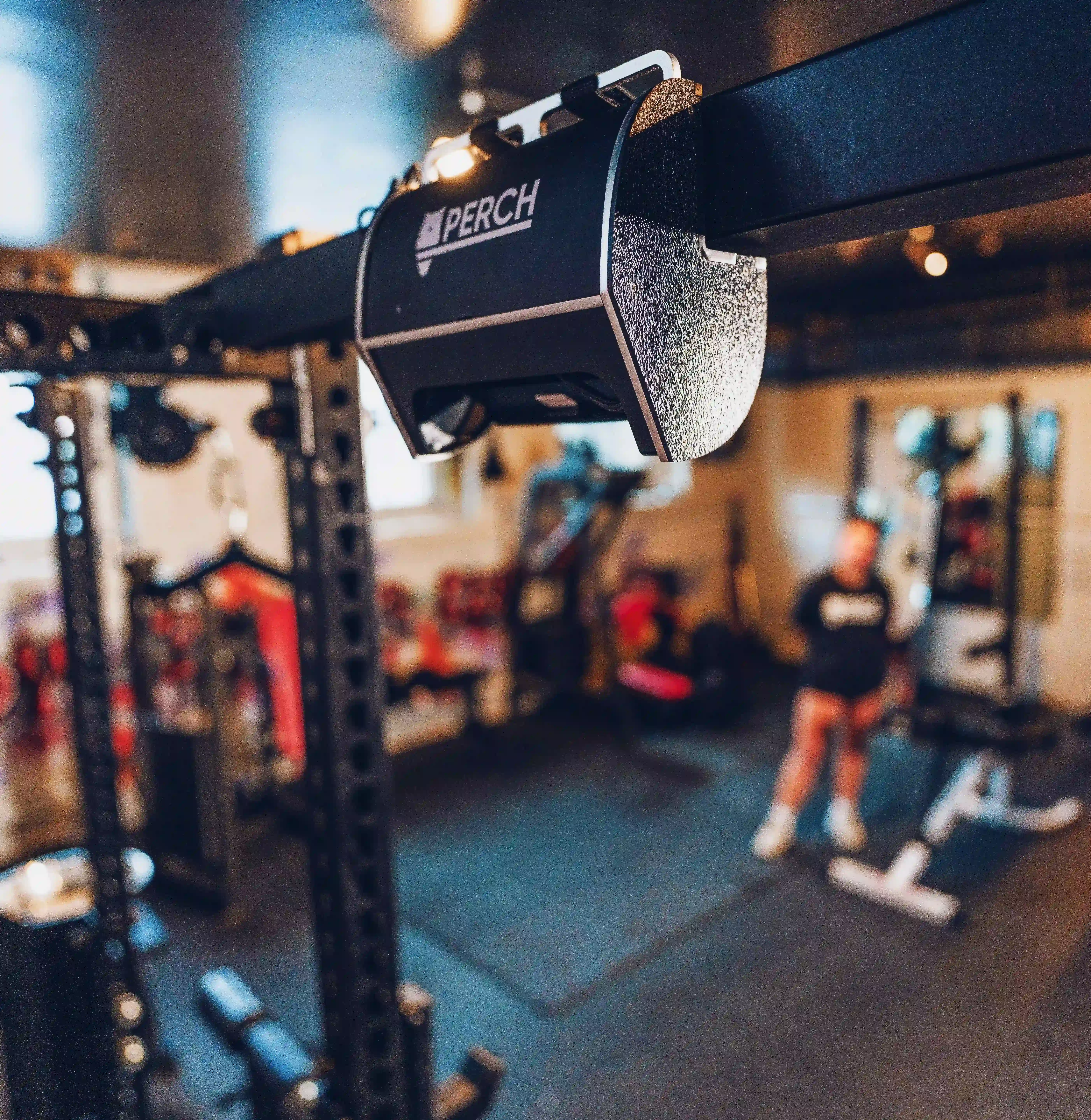
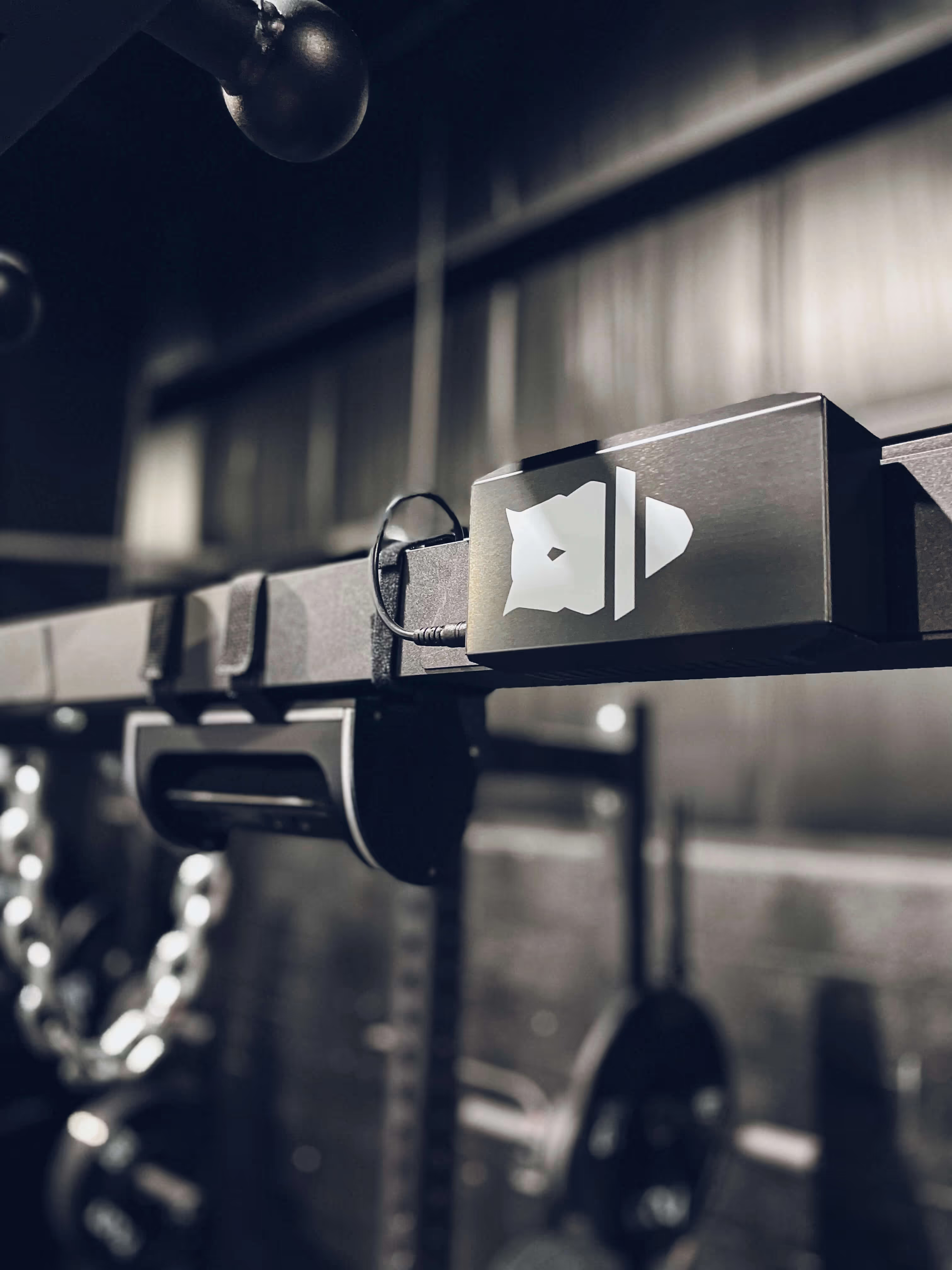

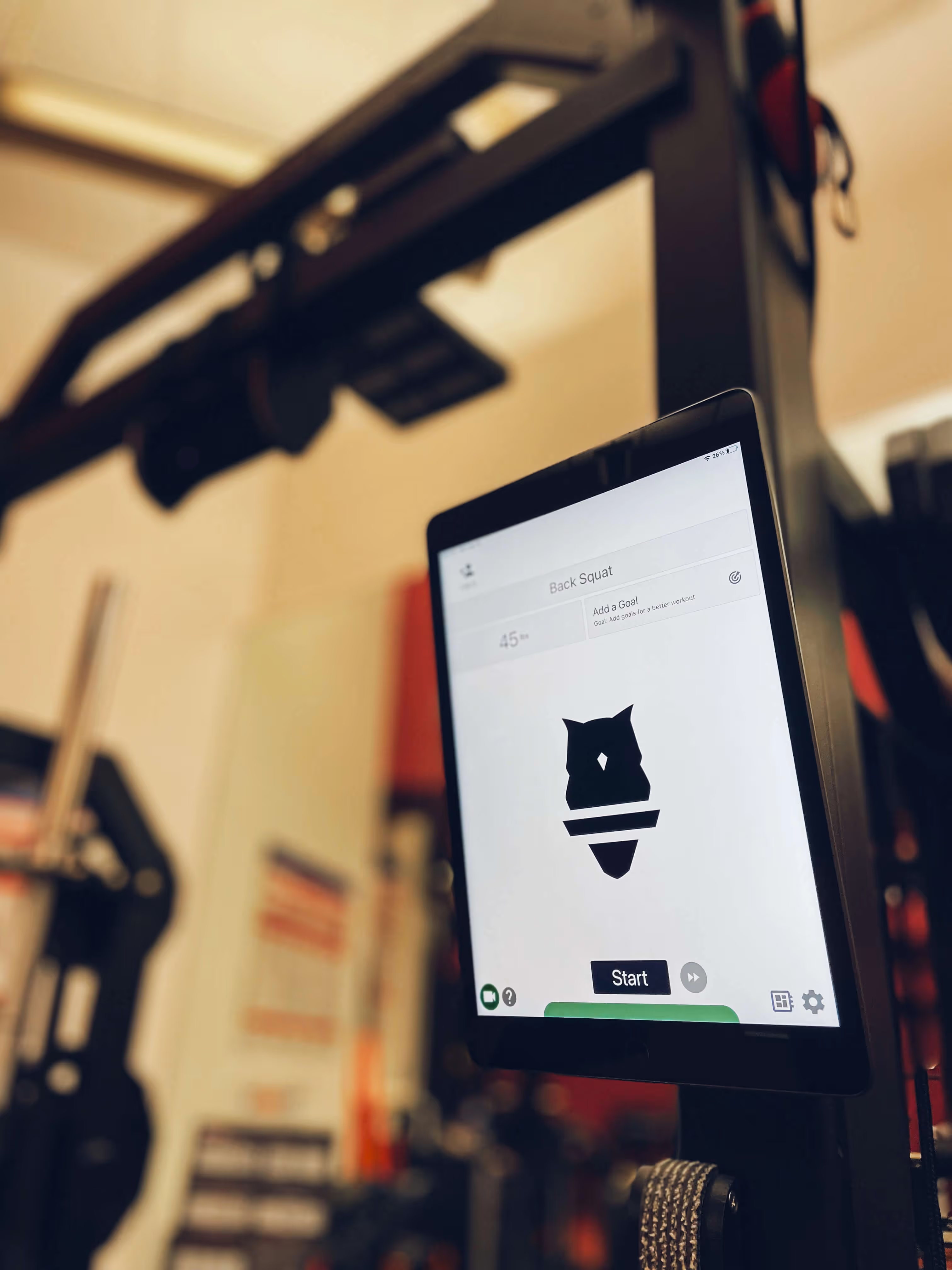

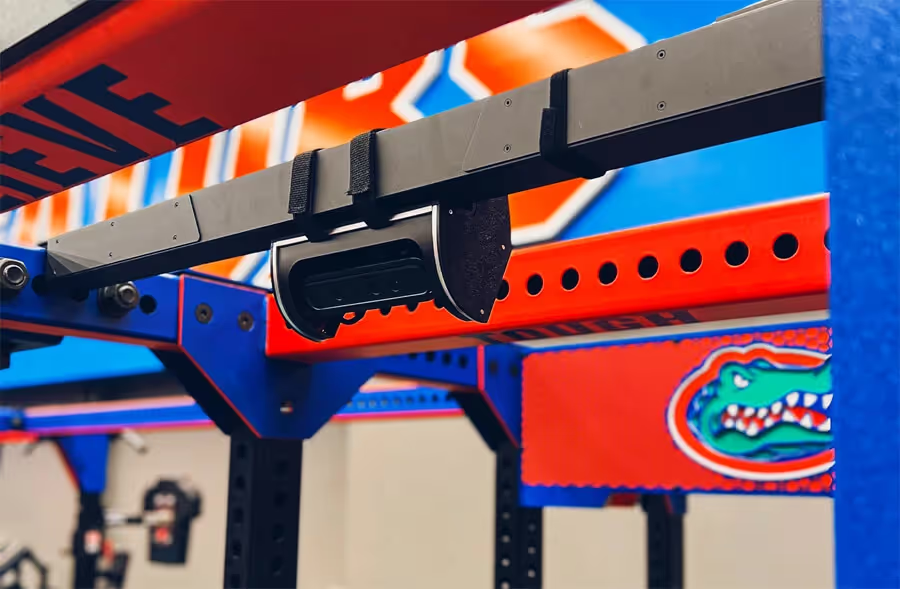






.avif)






